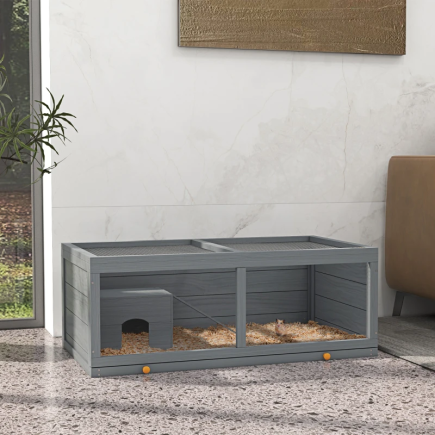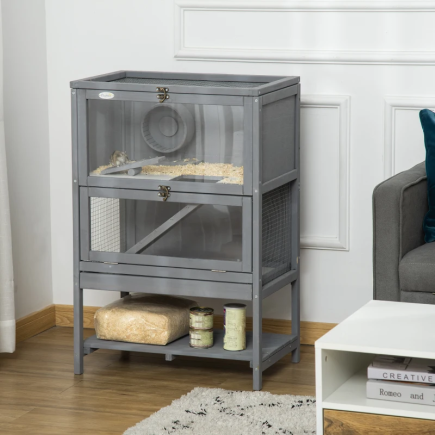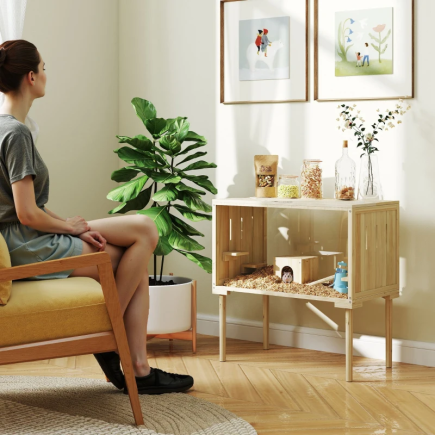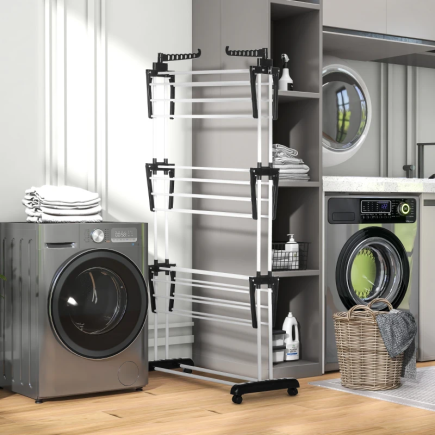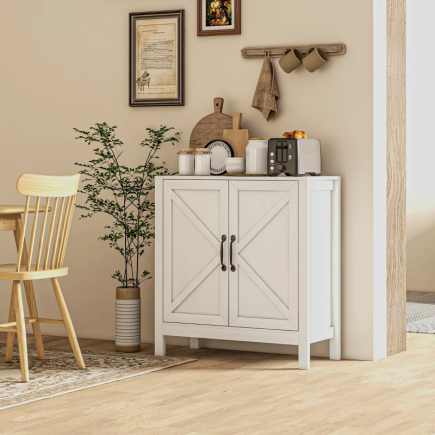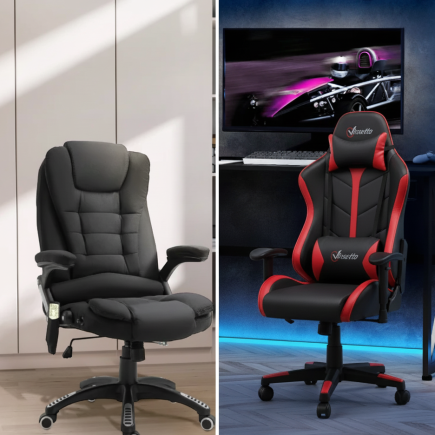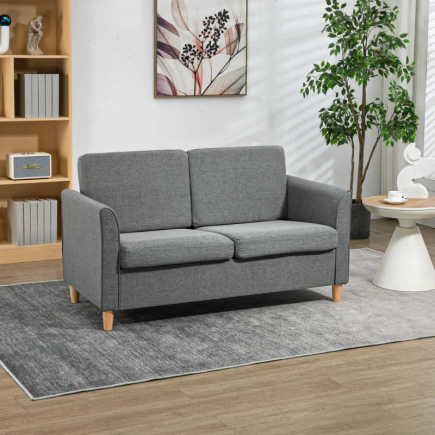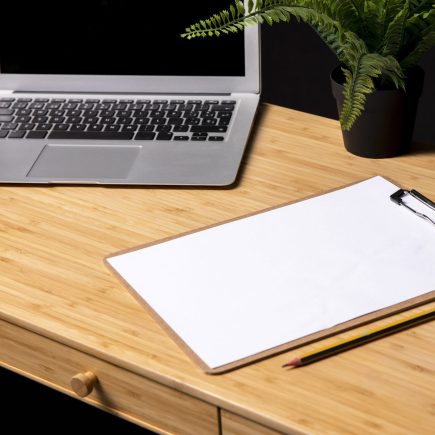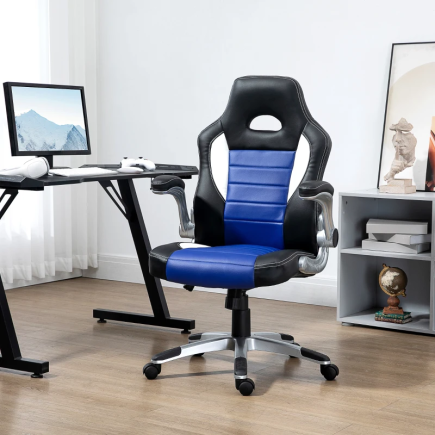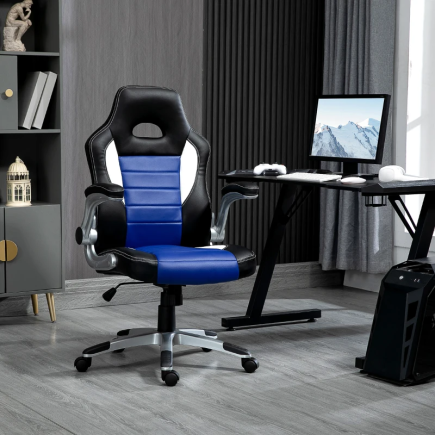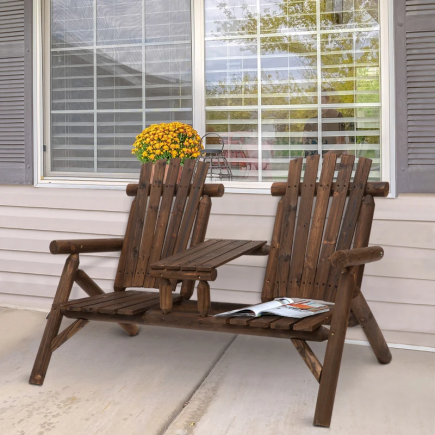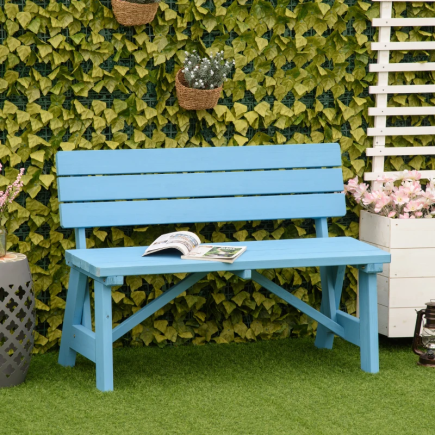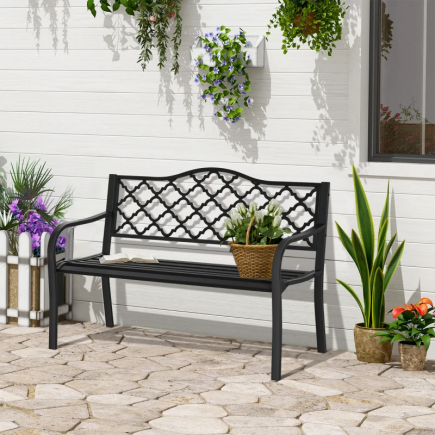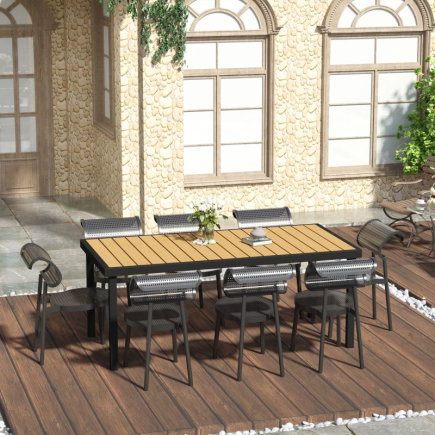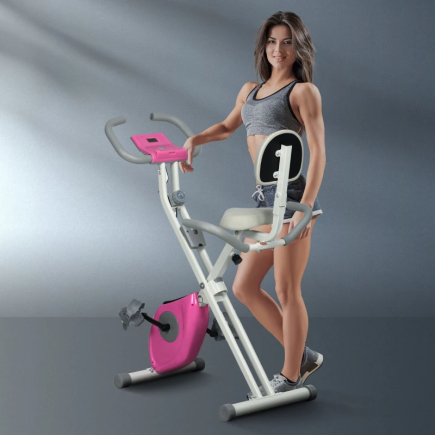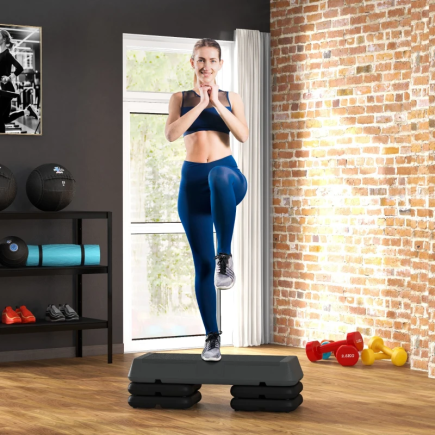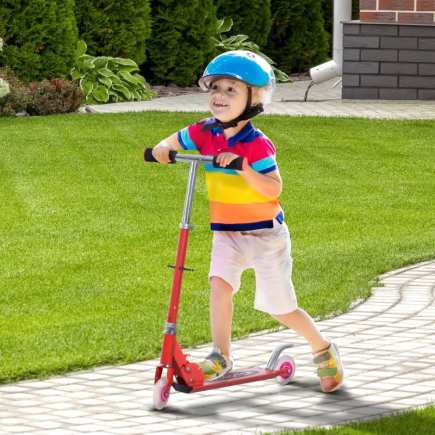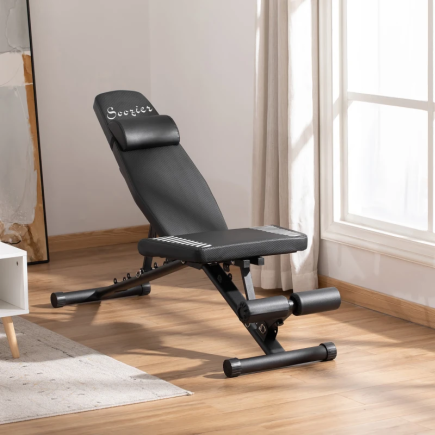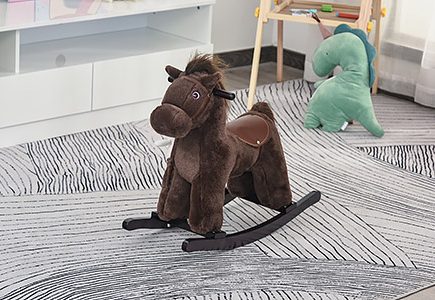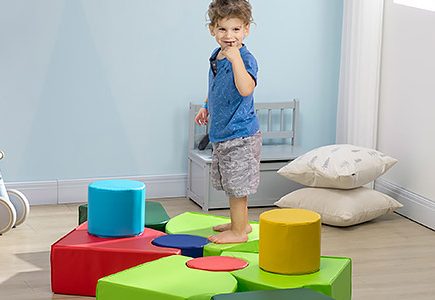Building your own picnic table is a rewarding project that not only enhances your outdoor space but also gives you the satisfaction of creating something functional with your own hands. Whether you’re planning a family barbecue, enjoying a sunny day outdoors, or simply need extra seating for your garden, a well-crafted picnic table will last for years and become a central piece in your outdoor gatherings.

In this comprehensive guide, we’ll take you through every step of building a sturdy, stylish picnic table. From choosing the materials to assembling the table and applying the finish, we’ll cover it all so that you can create the perfect table for your needs.
Materials and Tools Needed
Before you dive into building your picnic table, it’s essential to gather the right materials and tools. Here’s a breakdown of what you’ll need:

Wood Options for Durability
The choice of wood is crucial to ensure your picnic table is both functional and long-lasting. Here are some of the best wood types for outdoor use:
- Treated Pine
This affordable and widely available wood is durable and resistant to outdoor elements, making it ideal for a picnic table. Pressure-treated pine helps prevent rot and insect damage, although it should be sealed or stained to enhance its longevity.
- Cedar
Cedar is a natural choice for outdoor furniture because it resists rot, decay, and insects. It also has a pleasant aroma and a beautiful natural look, but it can be more expensive than pine.
- Fir Wood
Fir wood is an excellent choice for building a picnic table. It is both strong and relatively affordable. Fir wood is naturally resistant to moisture and, when sealed properly, can stand up to the elements. The slatted design of fir wood is particularly useful for picnic tables, as it allows water to drain away after rainy days, preventing water from pooling on the surface.
Essential Tools for Building
To build your picnic table, you’ll need the following basic tools:
- Circular Saw: For cutting lumber to size.
- Measuring Tape: To take accurate measurements for your cuts and assembly.
- Speed Square: Helps ensure that cuts are straight and angles are square.
- Clamps: To hold pieces in place while you drill or screw them together.
- Drill: For pre-drilling holes and driving screws.

Optional Tools for Efficiency
For added efficiency and precision, consider using these optional tools:
- Miter Saw: Makes angled cuts easier and more accurate.
- Power Screwdriver: Speeds up the process of driving screws.
- Power Sander: Helps smooth rough surfaces quickly, especially for larger pieces of wood.
Other Materials
- Deck Screws or Wood Screws: Galvanised screws are ideal for outdoor furniture because they resist rust and corrosion.
- Carriage Bolts: These are used to secure the legs to the tabletop and for other heavy-duty connections.
- Wood Glue: Adds extra strength to joints.
- Wood Finish or Sealant: To protect the table from moisture and UV damage.
Step 1: Planning and Measuring Your Picnic Table
Customising Your Design
The first step in building your picnic table is deciding on the design. Here are a few common options:
- Rectangular Design: This is the most straightforward and traditional option, which offers enough space to seat several people.
- Hexagonal Design: If you’re looking for a unique table, an octagonal or hexagonal table can add flair to your outdoor space.
- Folding Table: Ideal for small spaces, a folding table design allows you to easily store the table when not in use.

Measuring Dimensions Based on Available Space
Before cutting any wood, measure the available space in your backyard or patio. A typical picnic table has a tabletop that is 59.1 inches long and 23.6 inches wide. Bench seats often measure around 59.1 inches long and 9.4 inches wide. Ensure you have enough space around the table for easy movement and comfortable seating.
However, here are the updated overall dimensions of a standard picnic table based on the design you may be aiming for:
- Overall Dimensions: 59.1″ (150 cm) L x 52.8″ (134 cm) W x 27.6″ (70 cm) H
- Tabletop: 59.1″ (150 cm) L x 23.6″ (60 cm) W
- Bench Seats: 59.1″ (150 cm) L x 9.4″ (24 cm) W
- Seat Height: 16.1″ (41 cm)

This table will comfortably seat up to 4-6 people, with ample space for legroom and movement.
Step 2: Cutting the Lumber
Essential Cutting Instructions
With your design and measurements in hand, you can begin cutting the lumber to size. You’ll need to cut the following pieces:
- Tabletop: 5 pieces of 2×6 lumber, each 6 feet long.
- Legs: 4 pieces of 2×6 lumber, each 3 feet long.
- Benches: 4 pieces of 2×6 lumber, each 6 feet long.
- Cross Braces and Supports: A few pieces of 2×4 lumber for added stability.

Use a circular saw or miter saw to cut the wood. To make angled cuts, a miter saw is ideal, but a circular saw will work if you’re careful with your measurements.
Tips for Accuracy
- Measure Twice, Cut Once: Always double-check your measurements before cutting.
- Use a Speed Square: This will help ensure your cuts are straight and angles are square, especially when working with legs and braces.
- Clamp the Wood: Secure the wood with clamps to avoid it shifting while cutting.
Step 3: Assembling the Tabletop
Laying and Securing the Tabletop Boards
Once you’ve cut the pieces for the tabletop, lay them side by side with equal spacing between the boards. For consistent spacing, use small wood spacers.

Attaching Battens and Pre-Drilling Holes
Next, use battens (thin strips of wood) to secure the tabletop boards. The battens should run across the width of the tabletop to hold the boards together. Pre-drill holes in the battens to avoid splitting the wood, and then secure them using deck screws.
Step 4: Building the Frame and Attaching the Legs
Constructing the A-Frame
To make the frame, cut two pieces of wood for the frame supports. Position them to create an A-shape, which will form the base of your picnic table. Secure the frame with screws, making sure everything is aligned properly.
Securing the Legs with Carriage Bolts
To attach the legs to the tabletop, use carriage bolts for added strength. Drill holes through the legs and into the tabletop, then insert the bolts. Tighten them with nuts and washers to ensure a secure connection.
Step 5: Attaching the Bench Seats
Building the Bench Supports
Measure and cut the bench supports. These should match the width of your table and be positioned at the correct height for comfortable seating.
Securing the Bench Seats
Once the bench supports are in place, attach the bench seats using screws. Make sure the benches are level and aligned with the table for a uniform appearance.
Step 6: Reinforcing Stability
Adding Cross-Braces for Extra Strength
For additional strength, add cross braces between the legs and the bench supports. These braces will prevent wobbling and ensure the table is sturdy enough for everyday use.
Double-Checking Alignment and Strength
Before moving on to the finishing steps, check that all pieces are aligned properly and securely fastened. Tighten any loose screws or bolts, and test the table for stability by gently shaking it.
Step 7: Sanding and Smoothing
Sanding the Surface for a Smooth Finish
Use a power sander or sandpaper to smooth the entire table. Focus on the edges and corners, which tend to have rough spots. Sanding the surface makes the table safer to use and ensures there are no splinters.
Finishing the Table for Comfort and Safety
Rounding off sharp corners is a good idea to avoid injury, especially if you have children or pets around.
Step 8: Sealing and Protecting the Wood (Optional)
Why Sealing is Important
To protect your picnic table from the elements, apply a wood finish or sealant. This will help shield the wood from water damage, dirt, and UV rays. It’s essential if you want your table to stay looking new and to last longer.
Step-by-Step Guide for Applying Finish
- Clean the table surface thoroughly before applying any finish.
- Use a brush or rag to apply a thin, even coat of wood stain or sealant.
- Let the finish dry completely before applying a second coat for extra protection.
Additional Design Options and Features
Custom Features to Personalize Your Table
Consider adding unique features such as:
- Built-in Cup Holders: Perfect for drinks during family gatherings.
- Umbrella Holder: Adding an umbrella to your picnic table can provide much-needed shade during hot summer days. Ensure that the hole is just wide enough to fit your umbrella’s pole securely, and consider adding a protective umbrella base for stability.

Building your own Picnic Table is a fulfilling DIY project that brings both functionality and charm to your outdoor space. By following these steps, you can create a table that’s perfect for family gatherings, outdoor meals, or just relaxing on a sunny day. Whether you’re a seasoned DIY enthusiast or a beginner, this project will help you develop valuable skills while adding a personal touch to your backyard.
FAQs
1. Can I build a picnic table without using power tools?
Yes, it’s possible to build a picnic table using only hand tools, but it will require more time and physical effort. Essential hand tools would include a hand saw, screwdriver, chisel, and hand drill.
2. How can I child-proof a DIY picnic table?
You can round off sharp corners, apply non-toxic finishes, and ensure no nails or screws are protruding. Attaching non-slip rubber pads to the feet also helps prevent tipping.
3.Can I add wheels to a picnic table for mobility?
Yes, adding locking caster wheels to the legs can make the table easier to move. Make sure to use heavy-duty, outdoor-rated wheels and secure them properly.

